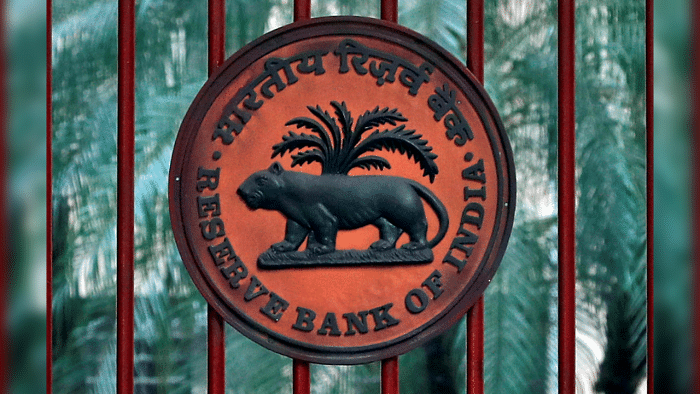
In a double whammy for the economy, retail inflation rose to a five-month high of 7.41% in September on the back of higher food and fuel prices, while factory output contracted for the first time in 18 months in August.
That is not good news for Asia's third-largest economy, which has been struggling to stamp out stubborn inflation and has seen its growth forecasts downgraded by leading global organisations including the World Bank and the IMF.
Together, the two official data points that came out on Wednesday would prompt the Reserve Bank of India (RBI) to hike its key policy lending rate yet again in December when its next monetary policy is due.
"High food prices, especially cereal prices contributed the most behind this jump in the Consumer Price Index. Cereal prices jumped by 11.53% year-on- year, mainly led by rice and wheat. A decline in acreage under rice and pulses and erratic rains are weighing on food prices," said Ritika Chhabra, an economist with Prabhudas Lilladher.
Food inflation, which comprises nearly 40% of the CPI inflation basket, rose 8.60% in September, versus 7.62% in August.
Economists see more bad news ahead due to the heavy October rains that likely damaged rice, pulses and soybean crops, and delayed the sowing of wheat.
"The excessive rainfall in early October may adversely impact the kharif harvest and delay rabi sowing, thereby posing a material upside risk to the food inflation outlook. However, the impact of the same on the year-on-year food inflation prints is likely to be partly modified by the high base that lies ahead for the second half of FY2023," ICRA Chief Economist Aditi Nayar said.
The RBI has already increased its key lending rate by 190 basis points since May in four tranches to tame rising prices. The government has mandated the RBI to keep inflation in the range of 2-6% but this is the third consecutive quarter when it has failed to do so.
Another rate hike by the RBI was certain in December, but the quantum will depend on the strength of the economy and the inflation situation, Nayar said.
Fuel and electricity prices rose to 11.44% in September year-on-year from 10.78% in the previous month, the data showed.
India's industrial growth, according to the Index of Industrial Production (IIP), slid to an 18-month low of -0.8% in August from 2.4 in July, data from the Ministry of Statistics and Programme Implementation showed. The manufacturing sector shrank by 0.7% in August, compared with 11.1% growth recorded a year ago.
The contraction in industrial production in August "was primarily due to high base and softening in consumer durable and non-durable segments. However, except for a few deterrents due to seasonal factors, industrial production would continue to expand in the coming months supported by revival of consumer demand, government's capex push and improved capacity utilisation," said Vivek Rathi, Director-Research, Knight Frank, India.
CareEdge Ratings said it was critical for consumption to pick up to sustain the overall growth in the Indian economy.
